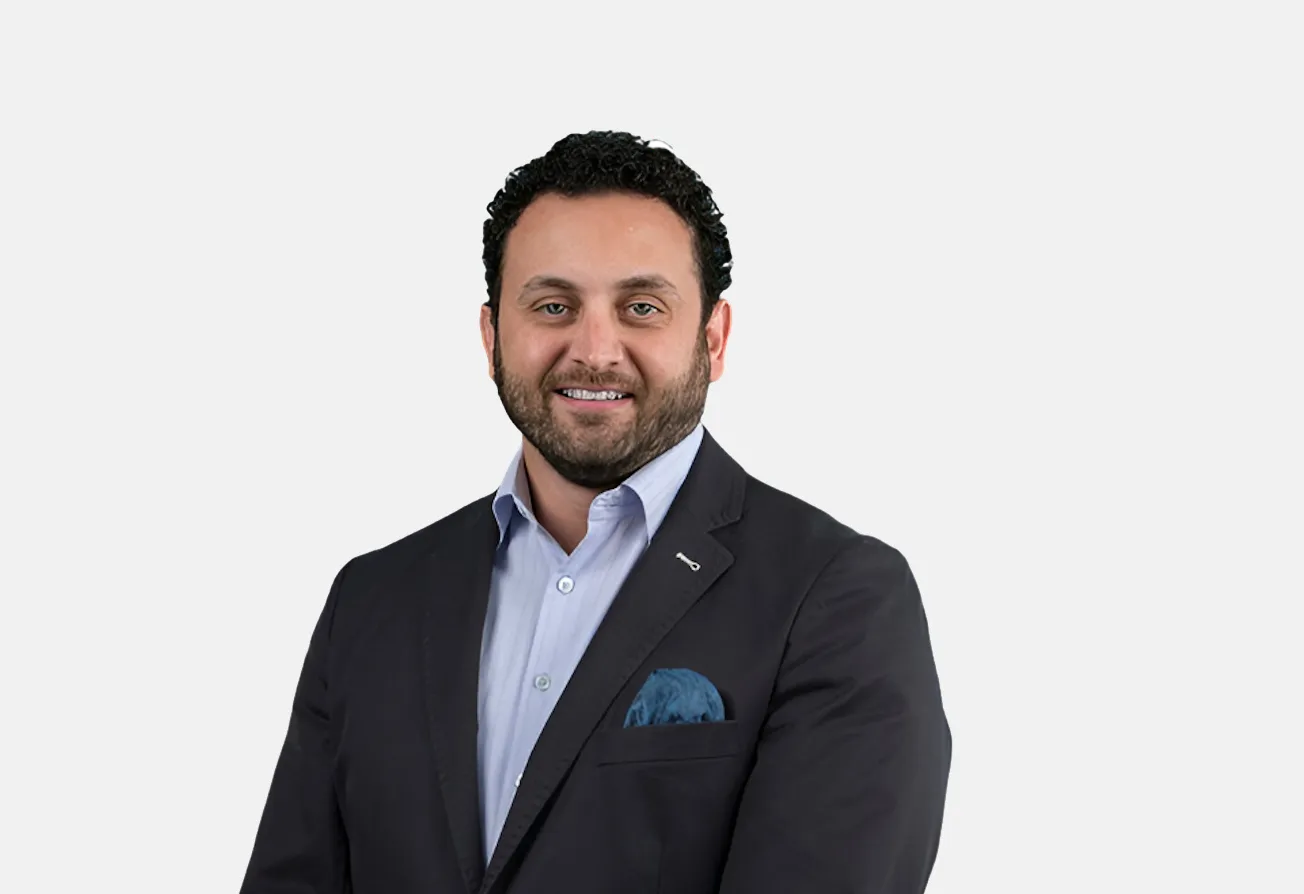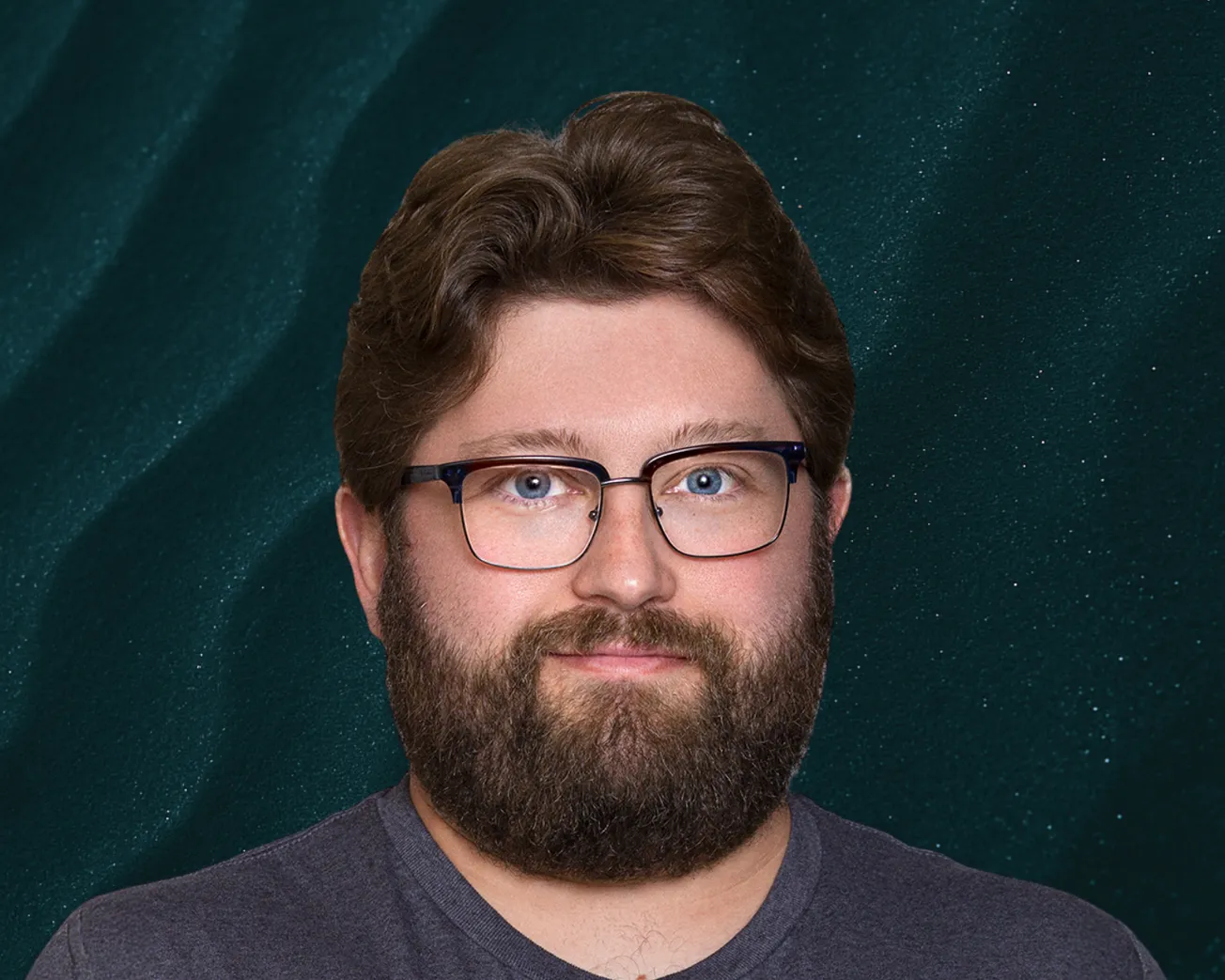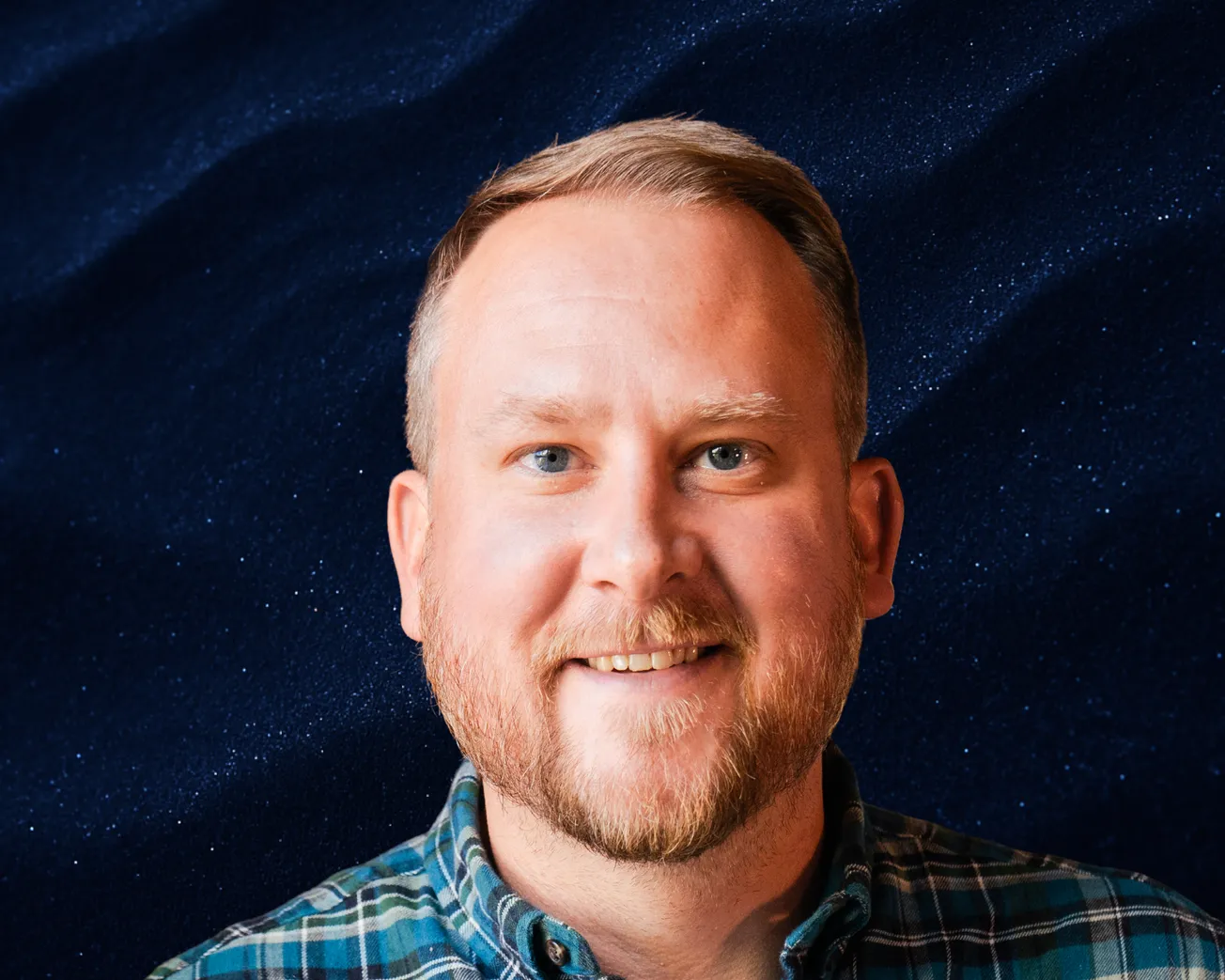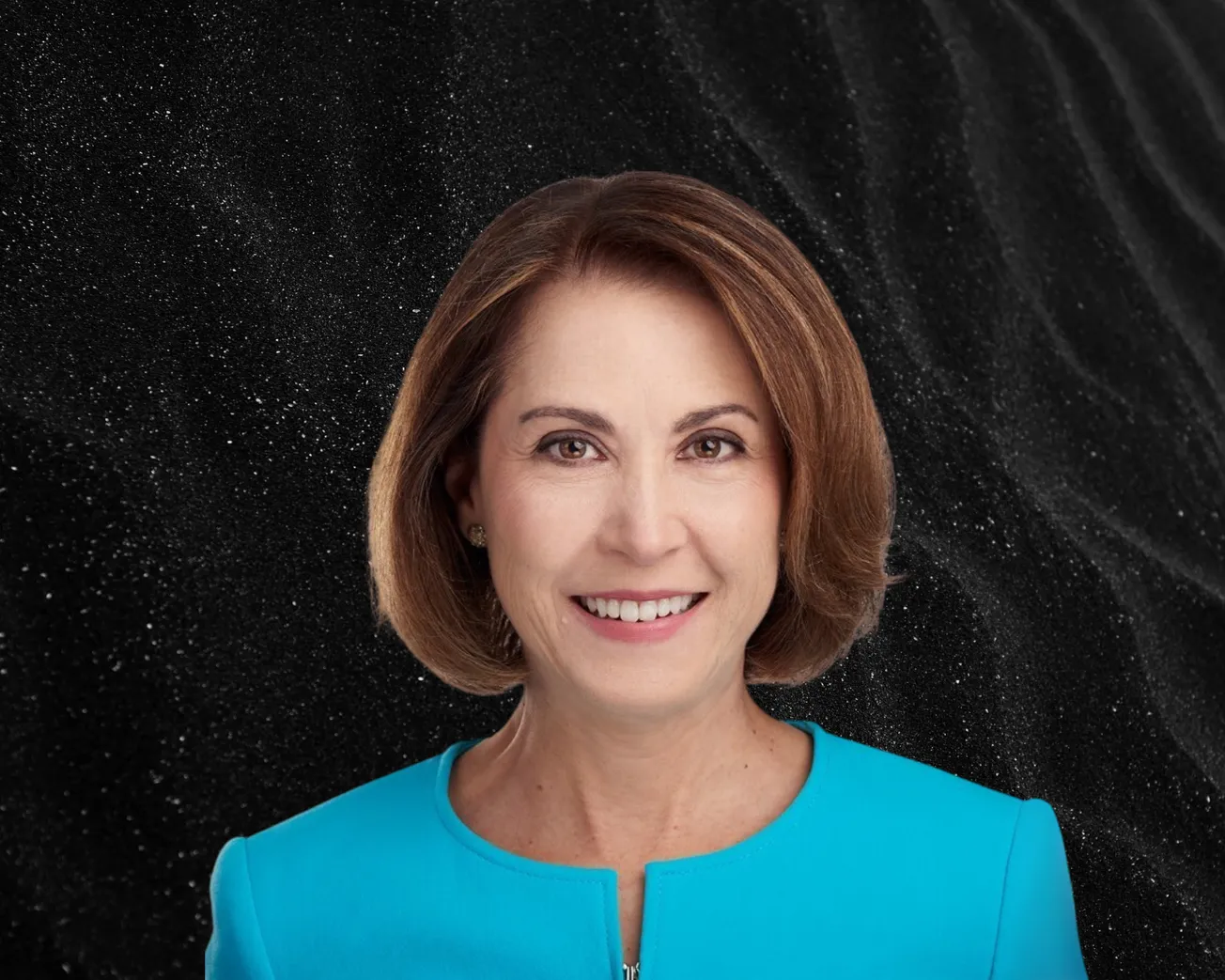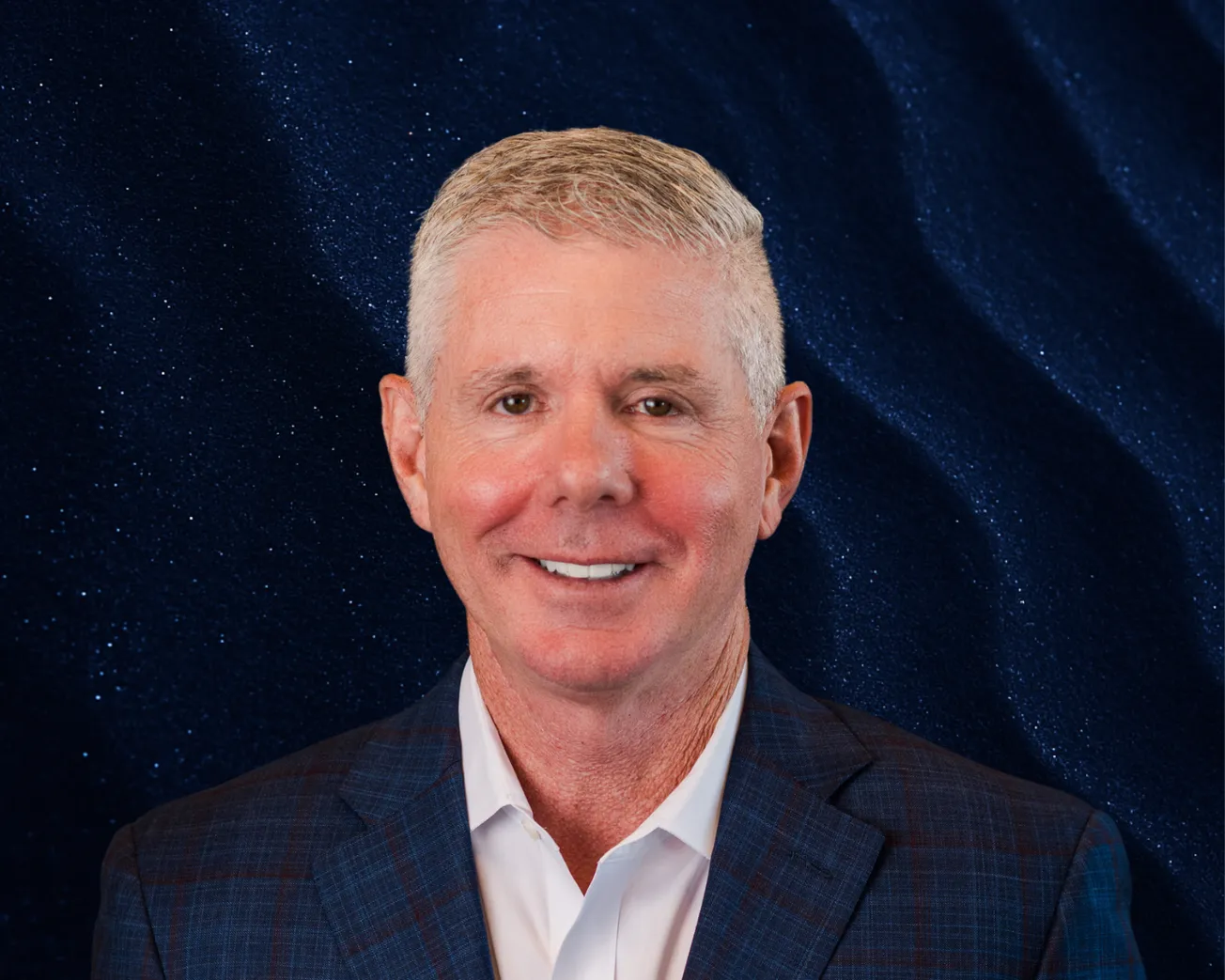Table of Contents
Victor AbouRahal, CEO of Nerovate, sat down with Onyx for a feature-length interview.
Could you talk about your career background prior to your current role? What has your journey been like?
My career has always focused on digital transformation across diverse industries—starting in oil and gas and later transitioning into water management.
Before founding Nerovate, I was Vice President of Digital Business at ADNOC Distribution, where I led large-scale initiatives to digitize downstream operations. Over the past 25 years, I’ve built deep expertise in digital and business transformation, project management, and enterprise systems.
During my Executive MBA at INSEAD, I co-founded a cross-border logistics startup, Boxit4me. When COVID disrupted operations, I stepped in as CEO at the request of the shareholders, stabilized the company, and led a successful exit in December 2023.
Afterward, I was chosen to build and lead Nerovate, a digital water solutions company. We identified a clear gap in the water sector: most water management systems were fragmented and siloed, with data scattered across platforms that didn’t talk to each other.
Why water, and why it is important, and how are you contributing to the industry?
Water is vital to daily life—everyone uses it, but few understand where it comes from, how it’s treated, or what it takes to deliver it safely. Most people don’t think about the cost or effort required to get clean water to their tap—or what happens to it afterward.
Many water utilities still rely on outdated tools like spreadsheets, PowerPoints, and emails. Facilities often operate in silos with minimal use of IoT technology to enable smart decision-making.
We started our journey in Saudi Arabia with O3 Water Solutions, a platform designed to bridge those gaps. By partnering with industry leaders such as Obeikan—a Saudi industrial powerhouse in lean manufacturing—and Saur, a global water utility expert, we brought together international expertise and local insight. This helped us scale across the GCC and into Europe.
Our platform is a comprehensive SaaS solution offering real-time monitoring, KPI management, predictive analytics, and lean frameworks for cost optimization.
Our mission is simple: help water utilities become smarter, leaner, and more sustainable by turning hidden costs into actionable insights.
Who are your main clients or customers?
We work with three key customer groups.
Firstly, water control and monitoring centers - typically, ministries or municipalities, who require real-time dashboards and centralized oversight via large screens.
There are also treatment facilities, such as desalination or wastewater plants, that use our platform for operational efficiency and unified data management.
And finally, distribution networks, who are the pipelines that carry water to and from consumers. These systems face a major challenge in managing Non-Revenue Water (NRW), like leakage and unbilled consumption.
While our current focus is water, the core architecture of O3 is adaptable and scalable. In the future, we may expand into sectors like electricity or oil and gas. The platform ensures that data is connected, centralized, and transformed into actionable insights.
How exactly are you using machine learning and AI in your offerings?And what are your main features?
O3 Water Solutions uses AI and machine learning in several impactful ways. The platform comes with over 700 water-specific KPIs (customizable per client), allowing utilities to monitor losses, energy use, and operational efficiency in real time.
Our predictive analytics and AI algorithms detect equipment failures before they happen and pinpoint leaks early—significantly reducing unplanned downtime. We integrate seamlessly with SCADA systems, IoT devices, and standard ERP tools for financial visibility.
A unique feature is our use of lean management principles to identify cost-saving opportunities. Through root cause analysis and continuous improvement methodologies, utilities can strategically lower operating expenses.
We’re also investing in digital twin technology to simulate operations and optimize resource usage. In the near future, we envision AI-driven forecasting and automated decision-making becoming essential tools across the industry.
Without a centralized system, teams are stuck digging through a decade of emails and PowerPoints to piece together operational history. That’s simply not scalable.
Given Saudi Arabia’s Vision 2030, with the goal of net zero by 2060, are you working with the government?
In this region, water management is mostly government-run, unlike parts of Europe where smaller local communities manage their own supply. That is why we are directly involved and work closely with the public and private-sector partners that support these government entities.
Vision 2030 has sparked tremendous momentum for sustainability and digital innovation. However, water globally still lags behind sectors like finance or healthcare in digital maturity.
One key metric is Non-Revenue Water (NRW); the portion of produced water that’s lost or unbilled. In Saudi Arabia, NRW has improved already from around 50% to 40%, and the target is 15% by 2030. For comparison, the global average is about 30%, while Dubai, thanks to early digital adoption, has one of the world’s lowest rates at under 8%.
Therefore, enhanced policies, the right incentives, and data-driven platforms like O3 are indispensable throughout the entire water supply chain to keep those enhancements going and achieve water sustainability.
When we see non-revenue water wastage, what’s causing that?
Non-Revenue Water (NRW) can be classified under physical losses (such as leakage) and commercial losses (related to collections due to illegal connections, metering errors etc).
Sometimes it’s old infrastructure—leaky pipes or outdated meters. Sometimes it’s connections that weren’t registered properly. Without reliable tools, it's hard to identify where and why losses occur. With O3’s real-time analytics, utilities can spot sudden pressure drops or unexpected usage spikes that signal issues—before they escalate.
You mentioned making hidden costs visible, what do you mean exactly?
Water utilities typically track performance across various KPIs metrics — time, quality, efficiency, finances— but comparing them directly is tricky due to different units of measurement used, thus this would be the typical oranges to apples comparison example.
For that, we’ve built a unique engine in O3 Water Solutions that converts each KPI into a monetary value. Suddenly everything is comparable, apples-to-apples, The team can instantly identify the 20% of metrics responsible for 80% of your costs.
From there, users can click to drill down into the components driving each cost. It’s a powerful way to move from guesswork to data-backed decision-making, using lean practices to prioritize the biggest opportunities.
Speaking of the future, how might the water industry look in a few years?
We expect to see more centralized control centers emerging, where smaller teams remotely manage multiple facilities. AI and IoT will detect anomalies and send alerts to on-site operators in real time.
Data-sharing between formerly siloed plants will drive collective improvements. Forecasting demand, scenario modelling through digital twins, and automated responses will become industry norms. This seems to be inevitable to lower costs, enhance performance, and be more competitive. Regulatory agencies will likely mandate these capabilities as sustainability and water security gain urgency.
Could this platform help in places like the UK, where water utilities have all sorts of issues with leaks and outdated tech?
Definitely. We’ve already expanded beyond Saudi Arabia into the GCC and even into France via our partner Saur.
We’re not claiming to be the heroes of water, but we do see a huge opportunity to unify fragmented systems and apply lean, data-driven approaches worldwide.
Of course, bureaucracy and slow-moving institutions are challenges everywhere. But I believe we’ll soon see more ‘Chief Digital Officer’ roles in utilities, helping to usher in this shift.
There’s a lot behind the simple act of turning on a faucet. In the systems we’re connected to, we helped improve equipment effectiveness by up to 25% and reduced employee overtime by up to 21%.
O3 Water Solutions is all about maximizing the value of your assets—your people, your processes, and your infrastructure. We’re here to help utilities tackle water scarcity, reduce waste, and build a more sustainable future.


